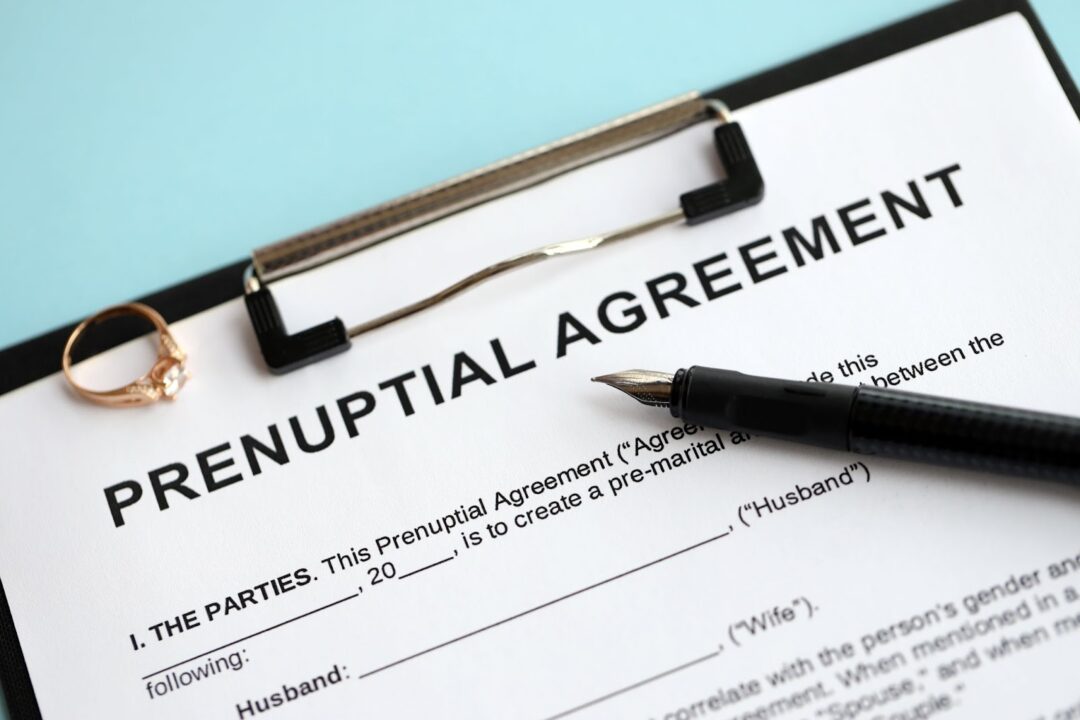Marriage has long been intertwined with property, wealth, and social status throughout human civilization. While couples often view marriage primarily through the lens of romance and partnership, historical unions frequently served as strategic alliances between families and communities.
In this complex intersection of love and assets, prenuptial agreements emerged as a formal method to protect both parties’ interests before entering into matrimony. These legal documents, commonly known as “prenups,” have evolved significantly over time.
They reflect changing attitudes toward marriage, divorce, and individual property rights. But when did prenups start? The concept of establishing clear financial terms before marriage dates back to ancient civilizations.
This practice has played a fascinating role in shaping both relationship dynamics and legal frameworks.

What is a Prenuptial Agreement?
A prenuptial agreement is a legal contract created by two people before entering into marriage. This document, often called a prenup, clearly outlines how assets and debts will be handled during marriage and in case of divorce. The agreement typically covers both existing property and future financial gains.
Modern prenups go beyond basic asset division. They can address spousal support, inheritance rights, and business ownership. Many couples also include provisions about debt responsibility and financial obligations. The agreement must be signed voluntarily by both parties, with full disclosure of their financial situations, under the supervision of the best prenup attorney.
Modern prenups protect a wide range of assets, from intellectual property to digital holdings. They serve both personal and business interests, and many couples now view them as a practical financial planning tool.
Historical Background of Prenups
Early Beginnings in Ancient Civilizations
Ancient Egypt pioneered some of the earliest known prenuptial agreements. Records from as early as 2000 BC show contracts protecting a bride’s rights to property and financial support. These Egyptian agreements detailed specific provisions for property division and outlined support terms in case of divorce.
The Roman Empire further developed the concept of marriage contracts. Roman prenuptial agreements, called “tabulae nuptiales,” became sophisticated legal documents. They protected both the bride’s dowry and established clear terms for property rights during marriage.
Medieval Europe and Marriage Contracts
Marriage contracts gained prominence in medieval Europe through royal and noble unions. Royal families used detailed agreements to protect their dynasties and territories. These contracts often included provisions about inheritance, property rights, and political alliances.
Prenups in Other Cultures
Traditional Jewish marriage contracts, known as ketubahs, have protected wives’ financial rights for over two millennia. In ancient China, families negotiated detailed marriage agreements that specified property rights and obligations.
Middle Eastern traditions brought innovations in marriage contracts with specific provisions for women’s property. Islamic marriage traditions also incorporated marriage contracts called “nikah,” which outlined financial responsibilities and protections for both spouses.
Throughout history, these agreements have helped maintain social order and protect family wealth. Different cultures developed unique approaches to marriage contracts, but all shared the goal of establishing clear financial terms for marital unions.
The Evolution of Prenups in Modern History
Prenups in 19th-Century Europe
The Industrial Revolution significantly changed marriage contracts in 19th-century Europe. Marriage settlements became increasingly common among the growing middle class, not just the aristocracy. These agreements protected family businesses and newly acquired industrial wealth.
Married Women’s Property Acts, introduced in various European countries, transformed the legal landscape of prenuptial agreements. These laws gradually gave women more rights to own and control property. Marriage settlements evolved to reflect these new legal rights, giving wives greater financial independence.
Prenups in the 20th Century
Legal Evolution and Challenges
In the United States, prenuptial agreements faced significant legal challenges until the 1970s. Courts often viewed them as contrary to public policy, believing they encouraged divorce. The landmark 1972 case Posner v. Posner in Florida marked a turning point, establishing prenups as legally valid contracts.
States began adopting uniform laws governing prenups, like the Uniform Premarital Agreement Act of 1983. This legislative progress marked a turning point. Legal perspectives gradually shifted from viewing prenups with suspicion to recognizing them as legitimate contractual instruments between prospective spouses.
Societal Transformation
During the late 20th century, prenuptial agreements transformed from a social taboo to an accepted financial strategy. Rising divorce rates, women’s financial independence, and evolving marriage perspectives drove this change. High-profile celebrity divorces brought prenups into mainstream conversation, demonstrating their practical value.
By the century’s end, couples increasingly viewed prenuptial agreements as sensible financial tools rather than romantic threats. The growing complexity of modern lives—including higher remarriage rates and diverse family structures—further normalized these agreements as a responsible pre-marriage consideration.
Legal Milestones in Prenup History
Key Court Decisions Shaping Prenup Laws
Before the 1970s, courts typically rejected prenuptial agreements as potentially undermining marriage. The legal landscape viewed such contracts with deep skepticism, believing they might encourage divorce and disrupt marital stability.
The Florida Supreme Court 1972 Posner v. Posner decision validated prenuptial agreements, recognizing them as legitimate contracts between prospective spouses and establishing a crucial legal precedent for future marriage agreements.
The Uniform Premarital Agreement Act (UPAA)
In 1983, the National Conference of Commissioners on Uniform State Laws drafted the Uniform Premarital Agreement Act. This model legislation provided a standardized framework for states to regulate and validate prenuptial agreements, addressing previous legal inconsistencies.
The UPAA established core principles for prenup creation, including requirements for voluntary agreement, financial disclosure, and fairness. By 1990, several states had adopted the act, creating more consistent legal standards for prenuptial contracts nationwide.
Conclusion
Prenuptial agreements have journeyed from ancient legal protections to modern financial planning instruments. Spanning centuries and cultures, these contracts reveal how societies balance emotional commitments with economic pragmatism.
From Egyptian scrolls to global legal frameworks, prenups have consistently adapted to changing views on marriage, property rights, and individual autonomy. As relationships become more complex, prenuptial agreements remain a critical tool.
They protect partners’ interests while reflecting the ongoing transformation of marital dynamics. For those wondering, “When did prenups start?” — now you know the timeline of their evolution and how they eventually became law in major parts of the world.





